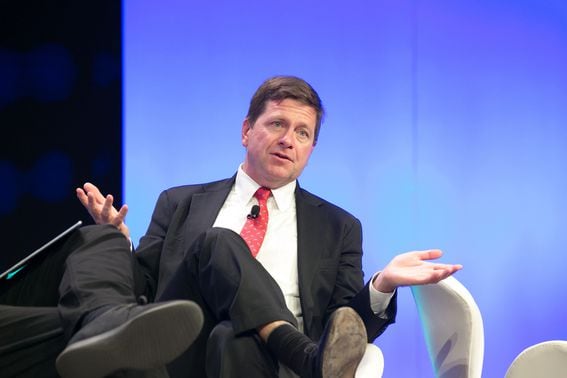30s Summary
The US Securities and Exchange Commission (SEC) has reported that investors in BitClave, a failed crypto startup, will regain their investments along with additional interest, totalling $4.6m. BitClave’s 2017 initial coin offering (ICO) raised $25.5m, but the SEC sued the company in 2020 for breach of federal securities laws. Although BitClave pledged to refund approximately $29m, only $12m has been returned so far, leaving the remaining $7.4m in the BitClave Fair Fund unaccounted for. The SEC has yet to announce the fate of the remaining fund balance.
Full Article
Hey, if you put money into the kaput crypto startup BitClave, guess what? You got a return! The U.S. Securities and Exchange Commission (SEC) dropped the news on Wednesday that investors are about to get their cash back, as well as some sweet bonus interest. They basically said, “your checks are on their way.”
Here’s the skinny: the BitClave Fair Fund has coughed up around $4.6 million to eligible investors who pitched in for BitClave’s 2017 initial coin offering (ICO). This ICO was a huge deal back in the day, raking in a whopping $25.5 million from loads of investors in just 32 seconds.
In 2020, the big wigs at the SEC, led by former Chair Jay Clayton, sued BitClave. They argued that the company’s sale of its Consumer Activity Token (CAT) broke federal securities laws. BitClave decided to settle without admitting any guilt. They agreed to give up all the cash they made in their 2017 ICO, plus an extra $4 million in interest and penalties. To top it off, they said they’d destroy all uncirculated CAT and have it delisted from exchanges.
BitClave promised to pay roughly $29 million back, but as of February 2023, they’d only managed $12 million. Investors had to submit claims by August 2023 to be eligible, and in March the SEC let everyone know whose claims were accepted or denied.
The big question is what will happen to the remaining $7.4 million in the BitClave Fair Fund. As of right now, neither the SEC nor the fund manager are giving any hints about the disparity between the payout and the amount left. So, if you’re one of those investors, keep an eye on your mailbox.

